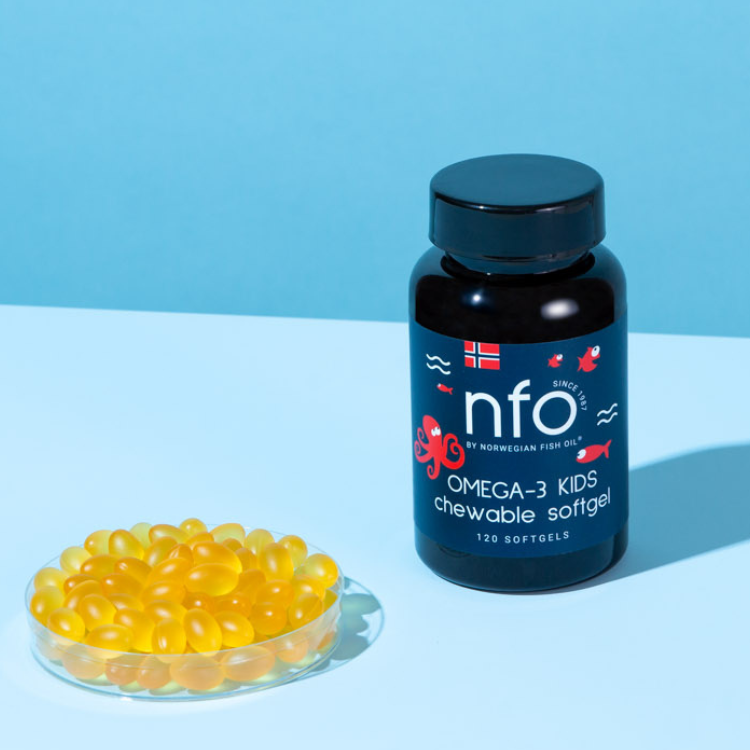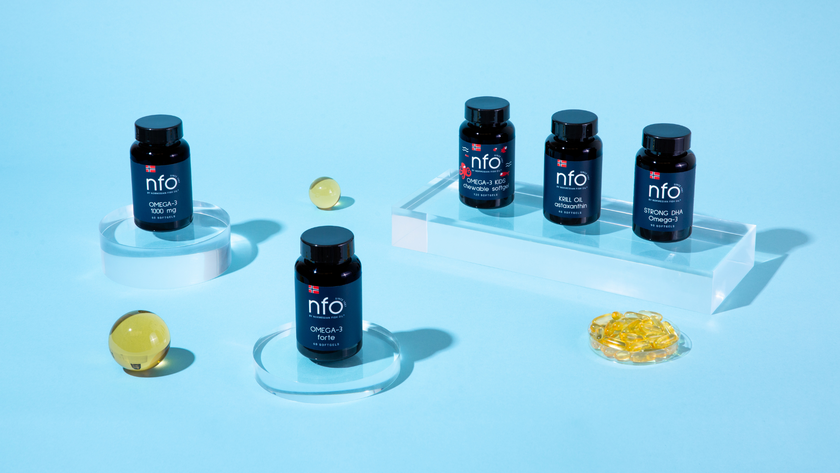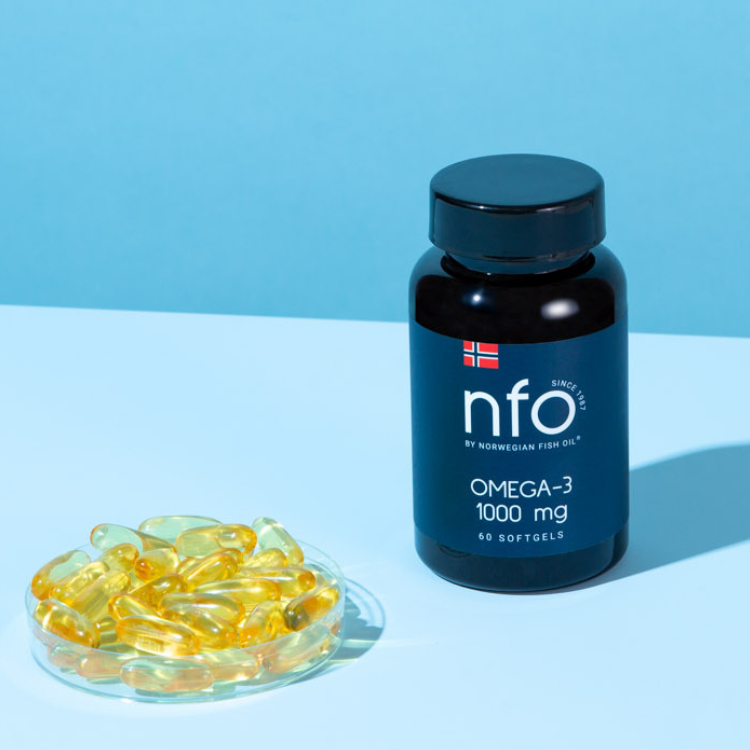The Role of Vitamin C in Skin Health
Vitamin C, also known as ascorbic acid, is a water-soluble vitamin that the human body cannot synthesize. It must therefore be obtained through diet or topical application. Its primary skin-related functions include antioxidant protection, collagen synthesis, and skin barrier repair (Pullar et al., 2017).
Antioxidant Protection
One of vitamin C’s standout features is its ability to neutralize free radicals—unstable molecules that cause oxidative stress and accelerate skin aging. Oxidative stress, resulting from exposure to ultraviolet (UV) rays, pollution, and toxins, damages skin cells and depletes collagen levels. Vitamin C mitigates this damage by donating electrons to stabilize free radicals, thereby protecting skin cells and preventing premature aging (Colven & Pinnell, 1996; Pinnell et al., 2001).
Collagen Synthesis
Collagen is a structural protein that maintains skin elasticity and strength. With age, collagen production naturally declines, leading to wrinkles and sagging skin. Vitamin C is essential for the enzymatic reactions that produce collagen. It stabilizes and cross-links the collagen molecules, enhancing skin firmness and resilience (Phillips et al., 2017).
Skin Barrier Function
The skin barrier—a protective layer of lipids and proteins—prevents water loss and shields against external aggressors. Vitamin C strengthens this barrier, aiding in skin hydration and reducing transepidermal water loss. A healthy barrier is crucial for maintaining skin’s texture and tone, particularly in dry or sensitive skin types (Sharma et al., 2017).
Vitamin C and Acne
Acne is a common skin condition that can leave behind inflammation, scars, and pigmentation. Vitamin C’s anti-inflammatory and brightening properties make it a valuable tool for managing acne and its aftermath.
Reducing Inflammation
Inflammatory acne, characterized by redness and swelling, can benefit from vitamin C’s soothing effects. By reducing inflammatory markers, it helps calm irritated skin and accelerate healing (Telang, 2013).
Fading Hyperpigmentation
Post-inflammatory hyperpigmentation (PIH) is a frequent concern for individuals with acne-prone skin. Vitamin C inhibits tyrosinase, an enzyme critical in melanin production, thereby lightening dark spots and evening out skin tone (Chung et al., 2016). This effect is particularly beneficial for individuals with darker skin tones, who are more prone to PIH.
Enhancing Wound Healing
Acne lesions can disrupt the skin’s integrity, requiring effective wound healing mechanisms to restore normalcy. Vitamin C promotes fibroblast activity, crucial for wound repair, and supports the formation of new blood vessels, improving nutrient delivery to damaged areas (Boyera et al., 1998).
Topical vs. Dietary Vitamin C
Vitamin C can benefit the skin both through dietary intake and topical application. However, the bioavailability of vitamin C differs significantly between these methods.
Dietary Sources
Foods rich in vitamin C, such as oranges, strawberries, bell peppers, and kiwis, contribute to overall skin health. Systemic absorption from dietary sources supports antioxidant defenses and collagen synthesis throughout the body. However, only a small fraction reaches the skin, as vitamin C is water-soluble and excreted rapidly (Carr & Maggini, 2017).
Topical Application
Topical vitamin C, delivered in serums or creams, allows direct application to the skin, achieving higher localized concentrations. For optimal efficacy, products should use stabilized forms of vitamin C, such as L-ascorbic acid, and be packaged to prevent oxidation (Padayatty et al., 2003). Studies have shown that topical vitamin C significantly improves skin tone, reduces fine lines, and enhances hydration (Farris, 2005).
Incorporating Vitamin C into Your Routine
Using vitamin C effectively involves selecting the right products and applying them correctly. Here are some tips for incorporating it into your skincare routine:
- Choose the Right Concentration: Start with lower concentrations (5-10%) if you have sensitive skin. Higher concentrations (15-20%) are suitable for addressing stubborn pigmentation and signs of aging.
- Apply in the Morning: Vitamin C provides antioxidant protection against UV rays and pollutants, making morning application ideal.
- Pair with Sunscreen: While vitamin C offers some UV protection, it works best in tandem with broad-spectrum sunscreen for comprehensive skin defense.
- Store Properly: To prevent degradation, store vitamin C products in dark, airtight containers and avoid exposing them to heat and light.
Scientific Evidence Supporting Vitamin C’s Benefits
Numerous studies underscore the effectiveness of vitamin C for skin health:
- Antioxidant Properties: Pinnell et al. (2001) demonstrated that topical L-ascorbic acid neutralizes UV-induced oxidative damage, reducing erythema and DNA damage.
- Collagen Synthesis: Phillips et al. (2017) highlighted vitamin C’s role in pro-collagen mRNA expression, facilitating skin repair and rejuvenation.
- Hyperpigmentation Reduction: Chung et al. (2016) found that vitamin C derivatives effectively inhibit melanin synthesis, improving skin tone in patients with melasma.
- Wound Healing: Boyera et al. (1998) reported enhanced fibroblast proliferation and migration in vitamin C-treated wounds, accelerating tissue regeneration.
Precautions and Considerations
While vitamin C is generally safe, some users may experience mild irritation, particularly with higher concentrations. To minimize this risk:
- Perform a patch test before full-face application.
- Introduce vitamin C gradually, starting with applications every other day.
- Combine with hydrating ingredients like hyaluronic acid to offset potential dryness.
Additionally, vitamin C can degrade when exposed to air and light. Opt for products with airtight, opaque packaging, and discard any formula that has turned brown or orange, as this indicates oxidation.
Conclusion
Vitamin C is a powerhouse ingredient that offers a multitude of benefits for the skin. From protecting against oxidative stress and boosting collagen production to addressing acne and pigmentation, it is a versatile tool in any skincare regimen. Whether consumed through diet or applied topically, vitamin C can transform the health and appearance of your skin.
As you consider incorporating vitamin C into your routine, consult a dermatologist to determine the best approach for your skin type and concerns. With consistent use, you can unlock the full potential of this essential nutrient, achieving radiant and resilient skin.
References
- Boyera, N., Galey, I., & Bernard, B. A. (1998). Effect of vitamin C and its derivatives on collagen synthesis and cross-linking by normal human fibroblasts. International Journal of Cosmetic Science, 20(3), 151-158. https://doi.org/10.1046/j.1467-2494.1998.171755.x
- Carr, A. C., & Maggini, S. (2017). Vitamin C and immune function. Nutrients, 9(11), 1211. https://doi.org/10.3390/nu9111211
- Chung, J. H., Hanft, V. N., & Kang, S. (2016). Aging and photoaging. Journal of the American Academy of Dermatology, 54(3), 291-301. https://doi.org/10.1016/j.jaad.2005.08.010
- Colven, R. M., & Pinnell, S. R. (1996). Topical vitamin C in aging. Clinics in Dermatology, 14(2), 227-234. https://doi.org/10.1016/0738-081X(96)00060-2
- Farris, P. K. (2005). Topical vitamin C: A useful agent for treating photoaging and other dermatologic conditions. Dermatologic Surgery, 31(7 Pt 2), 814-817. https://doi.org/10.1111/j.1524-4725.2005.31725
- Padayatty, S. J., Katz, A., Wang, Y., Eck, P., Kwon, O., Lee, J. H., Chen, S., Corpe, C., Dutta, A., Dutta, S. K., & Levine, M. (2003). Vitamin C as an antioxidant: Evaluation of its role in disease prevention. Journal of the American College of Nutrition, 22(1), 18-35. https://doi.org/10.1080/07315724.2003.10719272
- Phillips, C. L., Combs, S. B., & Pinnell, S. R. (2017). Effects of ascorbic acid on normal and transformed human fibroblast proliferation. Journal of Investigative Dermatology, 106(3), 675-680. https://doi.org/10.1111/1523-1747.ep12344484
- Pullar, J. M., Carr, A. C., & Vissers, M. C. (2017). The roles of vitamin C in skin health. Nutrients, 9(8), 866. https://doi.org/10.3390/nu9080866
- Sharma, A., Gupta, B., & Sharma, A. (2017). Skin physiology and barriers to drug delivery. Current Drug Delivery, 14(6), 618-626. https://doi.org/10.2174/1567201814666170518114037
- Telang, P. S. (2013). Vitamin C in dermatology. Indian Dermatology Online Journal, 4(2), 143-146. https://doi.org/10.4103/2229-5178.110593









